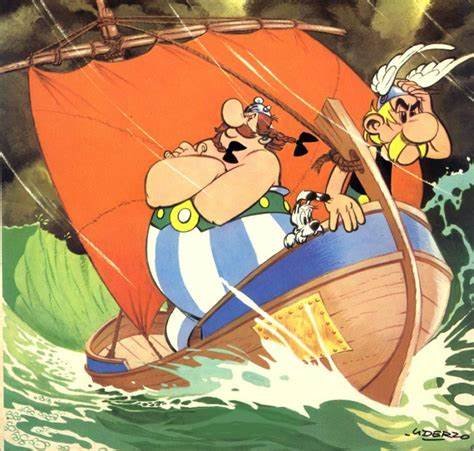Telling stories through political cartoons is a powerful method to communicate ideas and provoke thought. Political cartoons have the unique ability to blend humor and art, allowing creators to comment on societal issues in a way that is engaging and accessible. In this article, we’ll share some effective ways to tell compelling stories through political cartoons, ensuring your messages resonate with your audience.
1. Know Your Audience
Understanding your audience is crucial when telling stories through political cartoons. Different groups respond to various themes, styles, and humor. For example, younger audiences may appreciate modern references and pop culture, while older generations might prefer more classic themes. By tailoring your cartoons to your audience, you can create a stronger connection and make your message more impactful.

2. Use Strong Visuals
Visuals play a vital role in telling stories through political cartoons. A striking image can capture attention and convey a message quickly. Use bold colors, clear lines, and expressive characters to create visuals that draw viewers in. For instance, exaggerating facial expressions can help communicate emotions like anger or frustration effectively. Strong visuals can make your story more memorable and engaging.
3. Incorporate Humor
Humor is a powerful tool in political cartoons. It can lighten heavy subjects and make difficult topics more approachable. When telling stories through political cartoons, consider using satire to highlight the absurdity of certain political situations. This approach not only entertains but also encourages critical thinking. However, be mindful of your audience’s sensibilities, as humor can be subjective.
4. Create Relatable Characters
Characters in political cartoons should be relatable and recognizable. Using caricatures of well-known public figures or everyday people can help your audience connect with your story. When telling stories through political cartoons, consider how these characters react to situations. Their actions and expressions should reflect the emotions you want to convey, making it easier for viewers to understand your message.
5. Keep the Message Clear
A successful political cartoon delivers a clear message. When telling stories through cartoons, focus on one central idea or theme. Avoid cluttering your cartoon with too many details or messages, as this can confuse your audience. A simple, direct approach allows viewers to grasp the main point quickly and engage with your story more effectively.
6. Use Symbolism Wisely
Symbolism can enhance your storytelling by adding depth to your political cartoons. When telling stories through cartoons, think about using symbols that represent broader concepts, such as a dove for peace or a broken chain for freedom. These symbols can convey complex ideas in a single image, allowing viewers to interpret the message on multiple levels.
7. Play with Juxtaposition
Juxtaposition is an effective technique in political cartoons. By placing contrasting images or ideas side by side, you can highlight disparities and provoke thought. When telling stories through political cartoons, consider how juxtaposition can emphasize your message. For example, contrasting the lavish lifestyle of politicians with the struggles of ordinary citizens can create a powerful commentary on inequality.
8. Stay Relevant
Political cartoons should reflect current events and issues. By addressing timely topics, you can make your cartoons more engaging and relatable. When telling stories through political cartoons, keep an eye on the news and social media trends. Responding to ongoing events allows your audience to connect your message with their own experiences and concerns.
9. Evoke Emotion
Emotion is a powerful motivator. When telling stories through political cartoons, aim to evoke feelings such as anger, sadness, or hope. Use imagery, character expressions, and scenarios that resonate with your audience’s emotions. By connecting with viewers on an emotional level, you can inspire action or reflection on important issues.
10. Refine Your Craft
Lastly, continually refine your skills as a political cartoonist. Study the work of other successful cartoonists, and pay attention to what makes their storytelling effective. When telling stories through cartoons, practice regularly and seek feedback from peers and your audience. Improving your craft will enhance your ability to convey powerful messages and tell compelling stories.
Conclusion
In conclusion, telling stories through political cartoons is a unique and impactful way to communicate ideas and engage audiences. By understanding your audience, using strong visuals, incorporating humor, and refining your craft, you can create political cartoons that resonate deeply. Remember to keep your messages clear and relatable, use symbolism wisely, and stay relevant to current events. With these strategies, you can effectively tell meaningful stories through your art.











